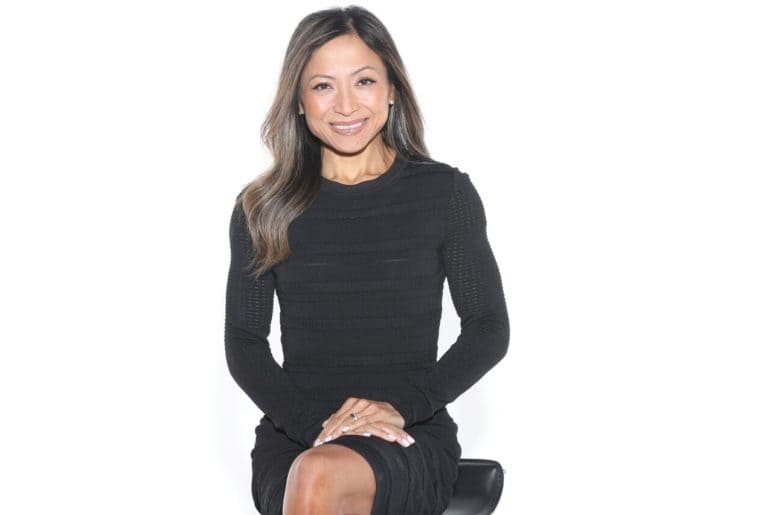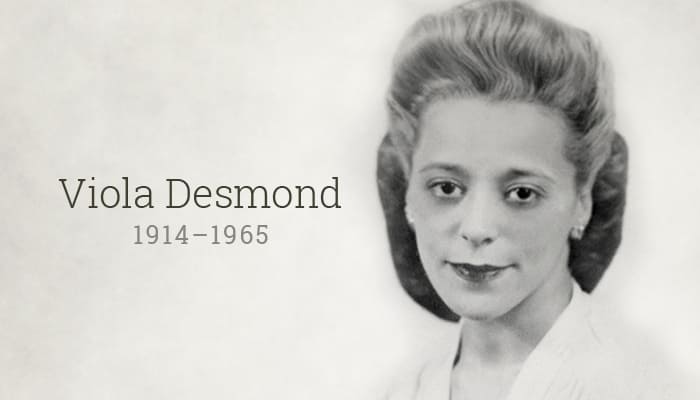Last week, I sat down with Founder and President of a new mental health treatment assessment center for young adults. Donna Green, as quoted by the executive director of the organization, is ‘an inspiring visionary philanthropist who is leading the charge to change the landscape of mental health services with the many young adults we are working with.’ Her organization, called Stella’s Place is looking to launch early next year. Being a student myself, I knew I had to find out more from Donna about this unique initiative:
What is Stella’s Place?
Stella’s Place will be Canada’s first treatment and assessment centre for young adults with mental health issues. We are creating a hub that will be based in the community – the first location will be in Toronto’s downtown core –making this facility accessible and welcoming, which is different from the very few services that are offered today.
Another thing that makes Stella’s Place different from other facilities is that we are creating all our programs in partnership with young adults. We have a young adult council with more than 100 members. We are also working with professionals, and executed three years of research into what is available internationally so that we are able to draw on all the best practices while creating our program. But because our young adults have lived experience of the mental health system, nobody knows better than them what was really good, what was really bad, or what was really missing.
It is very important that we are based in the community, close to the subway line, which, again, is very different from going to a hospital or to an institution. What the research shows is that young adults who are not experiencing an emergency cannot even get into a hospital or institution. This is why we have designed a café storefront where you can come visit us. Behind this café is a full service of different treatments for kids struggling through various disorders.
Do you have any advice for those who are having trouble coming to terms with their mental health?
One of the things that our program has been very big on is peer support. We developed a Peer Support Training Program to train young people with lived experience to go out and actually speak with, or be available to, young adults who are not sure how to move forward or ask questions. When we complete our website, you will be able to go online to find support – we are not only going to have peer support workers but we’re developing an online platform for engagement. Then, as a young person, if you’re wondering how you feel, and what you should do, and where you should go, and how to ask questions, and who you can ask these questions to, you can get online to find help. Once we launch our online café, young adults will be able to speak to peer supporters, with lived experience, online and be part of a chat-line, but also find guidance to seek the clinical help you need.
What inspired you start this initiative?
Our daughter, Stella. When she was a teenager, she suffered a sudden bout of depression and anxiety. And it was then, in the middle of her high-school career, that we experienced first-hand the lack of appropriate services, coordination, and age appropriate treatment that is available in Canada without private dollars. When we were faced with all these situations first-hand, we then proceeded – for the next 3 or 4 years – to get the help she needed. We rallied around her as a family and did what we could until she was more stable.
When she was feeling better and getting on her way, I knew something had to change. I just felt that as a woman who has been involved in the community in other initiatives, this was something that I was really committed to taking on, to help the 1 in 5 young adults suffering with the same issue. We can’t afford to lose our kids and not give them better support than they’re getting now.
What can schools do to help their students with their mental health?
There are a lot of news article and traffic around mental health, especially for those in this age group (16-29). I know that there are some programs being offered that allow kids to either talk about it, or teach mindfulness or yoga-type exercises. Generally speaking, it’s become less of a stigma so kids can now start talking to each other about these things. We’re hoping to, at some point, partner with schools so that they understand that we are available to them.
What can the youth do to help themselves?
Talk to your friends! It’s a double-edged sword – on one hand, if they speak to the wrong person, they might get stigmatized. But if they have a close friend, speak to them. If they can’t, speak to their parents and say ‘I’m not feeling great, and I don’t know what to do.’
Go to your guidance counselor at school to find out what support you can get if you’re feeling too much pressure, can’t get out of bed anymore, or have too much anxiety. Some kids are self-harming and this is a sign of something that is more serious, and you should seek help.
How do you plan on achieving your goal of reaching thousands of students across Ontario?
We are building incrementally. Once we launch our online portal, in 2016, it will be a good way for people from across Ontario to connect with us. We have to establish the back-up clinical support for the online chat groups and peer support, so we are being very thoughtful about how we set it up. We’re hoping to have kids contact us earlier on, to try and use early intervention and support to prevent more serious issues from coming up.
It’s going to take a lot of work. We’re launching our first program this June, training about 30 peer support workers, who we hope can then go out into various communities and start providing peer support to young adults that need someone to talk to. Sometimes just having someone to talk to and answer their questions can be of help, especially when it comes to dealing with preventive strategies before they get more involved in deeper issues.
How did George Brown get involved?
We decided as a community service to partner with as many community agencies as possible. We didn’t want to duplicate any good services that were there and we knew that George Brown was doing some very innovative things. So we approached them to partner with our Peer Support Training Program and with the online café. The Peer Support Training Program just launched this week, and these students will graduate in August. We are working with all types of organizations and people to form a collaborative team.
When is the online café launching?
It’s in development now. We’re hoping to begin some trials in late 2015 with a plan to officially launch in 2016.
What are you looking most forward to with this project?
I think we’re really excited by the new model of this initiative. The idea that Stella’s Place is giving young people with lived experience a voice, a way to give back after their own experiences, is not being done anywhere else. We are developing our programs from the inside out instead of from the top down. We just don’t believe that senior adults with professional experience can accurately dictate what is best for young adults. We need to share the voices of young adults. We’re really proud to be working with such a wonderful group of young people who have helped get us this far.
We will continue to speak to our government officials and make it clear to them of the desperate need out there. The Stella’s Place model is unique and they cannot continue with the same old strategies and medical support, because it’s not working very well. We’re really excited about reaching out to kids in a whole new way, ideally before they get into the deeper issues. Stella’s Place will help the kids get what they need in a very recovery-based fashion.


